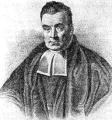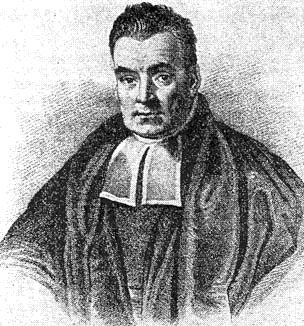Dosya:Thomas Bayes.gif
Thomas_Bayes.gif (304 × 326 pikselan, ebatê dosya: 54 KB, MIME tipê cı: image/gif)
Verêniya dosya
Seba diyayışê viyarteyê dosya ra tarixê ke qısımê tarix/zemani derê inan bıtıkne.
| Tarix/Zeman | Resımo qıckek | Ebadi | Karber | Mışewre | |
|---|---|---|---|---|---|
| nıkayên | 17:20, 9 Adare 2011 |  | 304 - 326 (54 KB) | Limojoe | == Summary == Description: Portrait of Bayes Rationale: Artist died >100yrs ago Source: http://www.bioquest.org/products/auth_images/422_bayes.gif {{PD-old-100}} == Licensing: == {{GFDL|migration=relicense}} |
Gurenayışê dosya
There are no pages that link to this file.
Gurenayışê dosyaya gılovere
Ena dosya wikiyanê binan de gureniyena.
- ar.wikipedia.org sero guriyayış
- arz.wikipedia.org sero guriyayış
- azb.wikipedia.org sero guriyayış
- az.wikipedia.org sero guriyayış
- be.wikipedia.org sero guriyayış
- bg.wikipedia.org sero guriyayış
- bn.wikipedia.org sero guriyayış
- ca.wikipedia.org sero guriyayış
- cs.wikipedia.org sero guriyayış
- cy.wikipedia.org sero guriyayış
- da.wikipedia.org sero guriyayış
- de.wikipedia.org sero guriyayış
- el.wikipedia.org sero guriyayış
- en.wikipedia.org sero guriyayış
- User:JohnOwens
- Thomas Bayes
- User:Mcarling
- User:Robinh
- User:Datapacrat
- User:CoolGuy
- User talk:BlaiseFEgan
- User:Dougmerritt
- User:SimonMorgan
- User:Tomyumgoong
- Wikipedia:Userboxes/Mathematics
- User:Lou Crazy
- User:Komplex16
- User:Dysmorodrepanis
- User:Paul Hooper
- User:Therealmikelvee
- User:UBX/Userboxes/Mathematics
- User:Profsnow
- User:EdC~enwiki
- User:Jbs36
- User:Tonyfaull
- User:Edratzer
- User:Nosbig
- User:Asynja
- User:MattWatt
- User:H27kim
- User:Caninedoubletake
- Template:User Bayesian
- User:Lakini
- User:Pennsylvanian
- User:Tom Minka
Yê na dosya gurenayışê gıloveri tayêna bıvêne.

